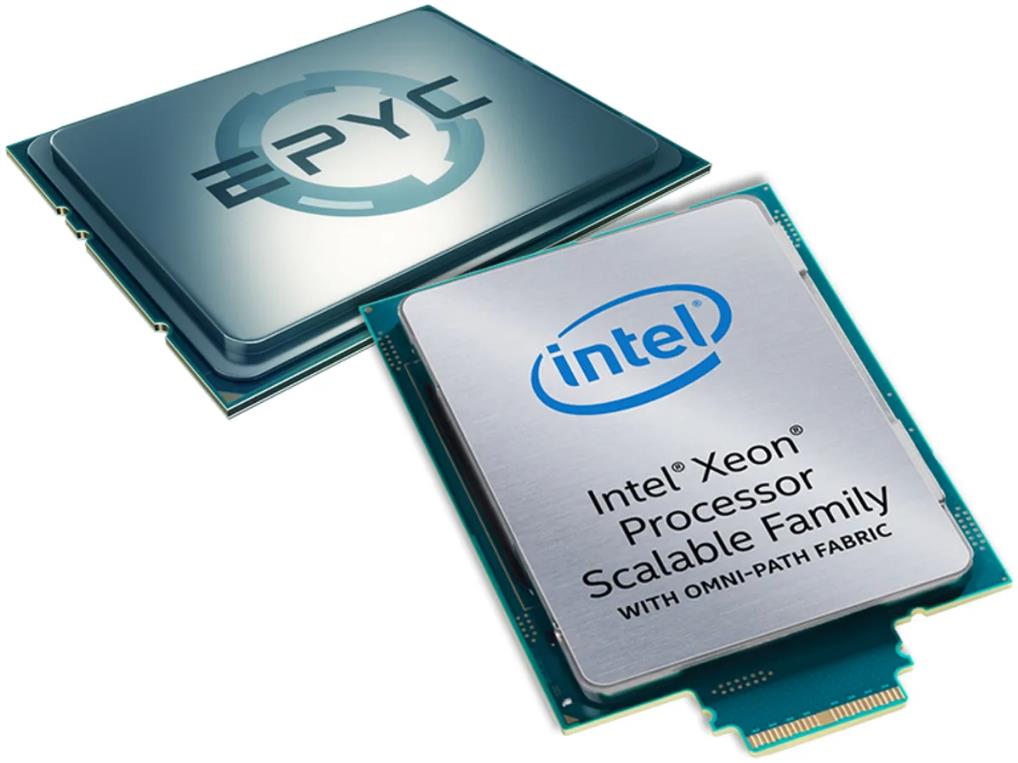Which type of processor is better for servers, AMD or Intel?
When choosing a server processor, AMD and Intel each have their own advantages, depending on factors such as application scenarios, performance requirements, budget, and ecological compatibility.

1. Performance and core design
AMD EPYC:
Multi-core performance: With the Zen architecture and multi-chip module (MCM) design, the AMD EPYC series offers a higher core count (such as the 96-core Genoa), suitable for high-concurrency tasks such as virtualization, cloud computing, and big data analysis.
Memory and scalability: Supports 128 PCIe 5.0 channels and 12-channel memory, with stronger scalability, suitable for NVMe storage and GPU acceleration.
Intel Xeon:
Single-core performance: High-frequency design (such as Sapphire Rapids up to 5GHz+) and AVX-512 instruction set optimization, better performance in single-threaded sensitive tasks (such as databases, high-frequency trading).
Latency optimization: The single-chip design reduces internal latency and is suitable for real-time data processing.
2. Energy efficiency and cost
AMD:
Energy efficiency ratio: Using TSMC 5/4nm process, power consumption is lower, and performance per watt (PPW) is significantly better than Intel, which is suitable for large-scale data center cost reduction.
Cost-effectiveness: The price is 20%-30% lower with the same number of cores, and the advantage is obvious in scenarios with limited budget.
Intel:
Integration technology: Some models integrate HBM memory (such as Xeon Max) to optimize memory-intensive applications, but power consumption and cost are higher.
3. Ecosystem and compatibility
Intel:
Software optimization: Long-term dominance in the enterprise market, enterprise-level software such as SAP and Oracle are preferentially adapted to Intel instruction sets, and the compatibility of old systems is more mature.
Security function: Supports SGX (hardware-level data encryption) and AMX (AI acceleration) to meet high security requirements.
AMD:
Ecosystem is being improved: In recent years, platforms such as Linux, AWS, and Azure have been fully supported, but some traditional software still needs to be adapted.
4. Application scenario recommendation
Scenarios where AMD is preferred:
Cloud computing/virtualization: high core density improves virtual machine performance.
HPC and AI training: multi-core parallel computing and PCIe 5.0 bandwidth advantage.
Budget-sensitive projects: pursuit of TCO (total cost of ownership) optimization.
Scenarios where Intel is preferred:
Enterprise-level database: deep optimization of Oracle, SAP and other software.
High-frequency trading/real-time processing: single-core high frequency and low latency characteristics.
Network-intensive loads: such as NFV and 5G core networks, relying on Intel's DLB and QAT technologies.



